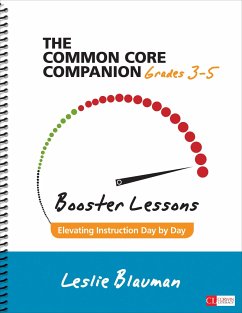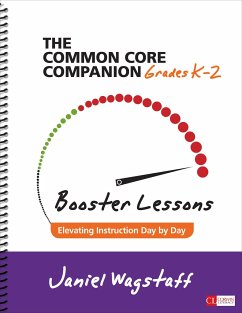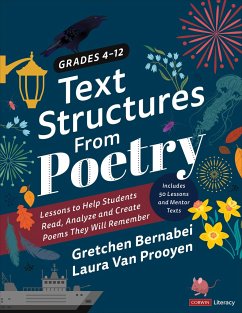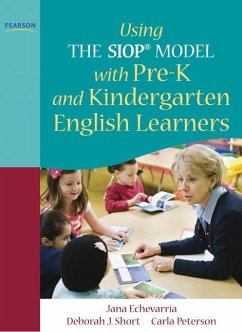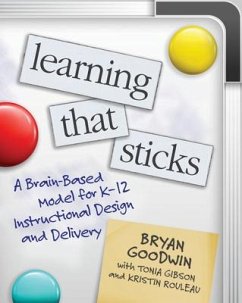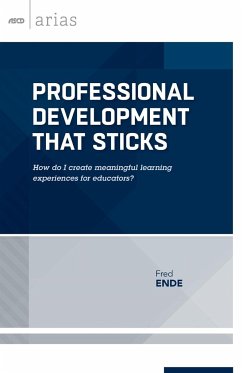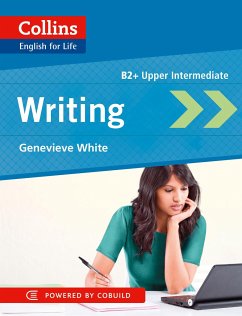Nicht lieferbar
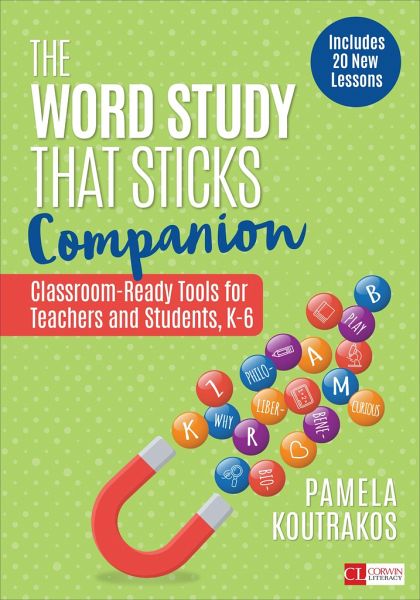
The Word Study That Sticks Companion
Classroom-Ready Tools for Teachers and Students, Grades K-6
Versandkostenfrei!
Nicht lieferbar
Kickstart joyful independent word study practice in your K–6 classroom Pamela Koutrakos offers a plethora of tools and ready-to-go resources to help teachers put the inquiry-based structures, lessons, and routines she delivered in her first book, Word Study That Sticks, into action. Loaded with teacher-facing resources such as planning and assessment tools, and student-facing tools such as reproducible minicharts, choice checklists, and self-assessments, The Word Study That Sticks Companion includes routines and materials that can be used within any word study curriculum. Let students take c...
Kickstart joyful independent word study practice in your K–6 classroom Pamela Koutrakos offers a plethora of tools and ready-to-go resources to help teachers put the inquiry-based structures, lessons, and routines she delivered in her first book, Word Study That Sticks, into action. Loaded with teacher-facing resources such as planning and assessment tools, and student-facing tools such as reproducible minicharts, choice checklists, and self-assessments, The Word Study That Sticks Companion includes routines and materials that can be used within any word study curriculum. Let students take charge of their learning while you gain time for differentiated instruction, and make word study fun for students!




